Brown-head Glasswort,
Brown-head Samphire
Display all 13 images
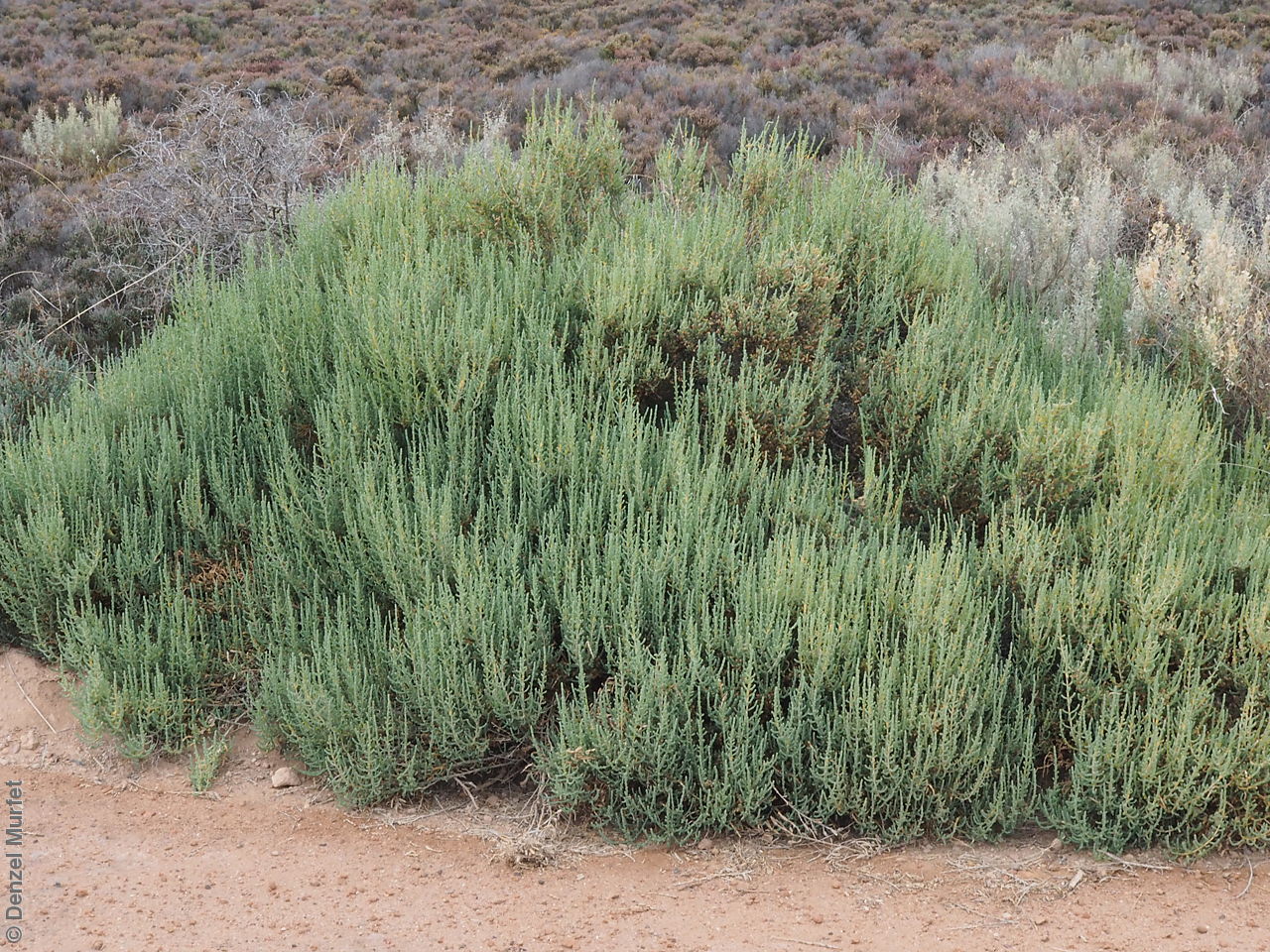
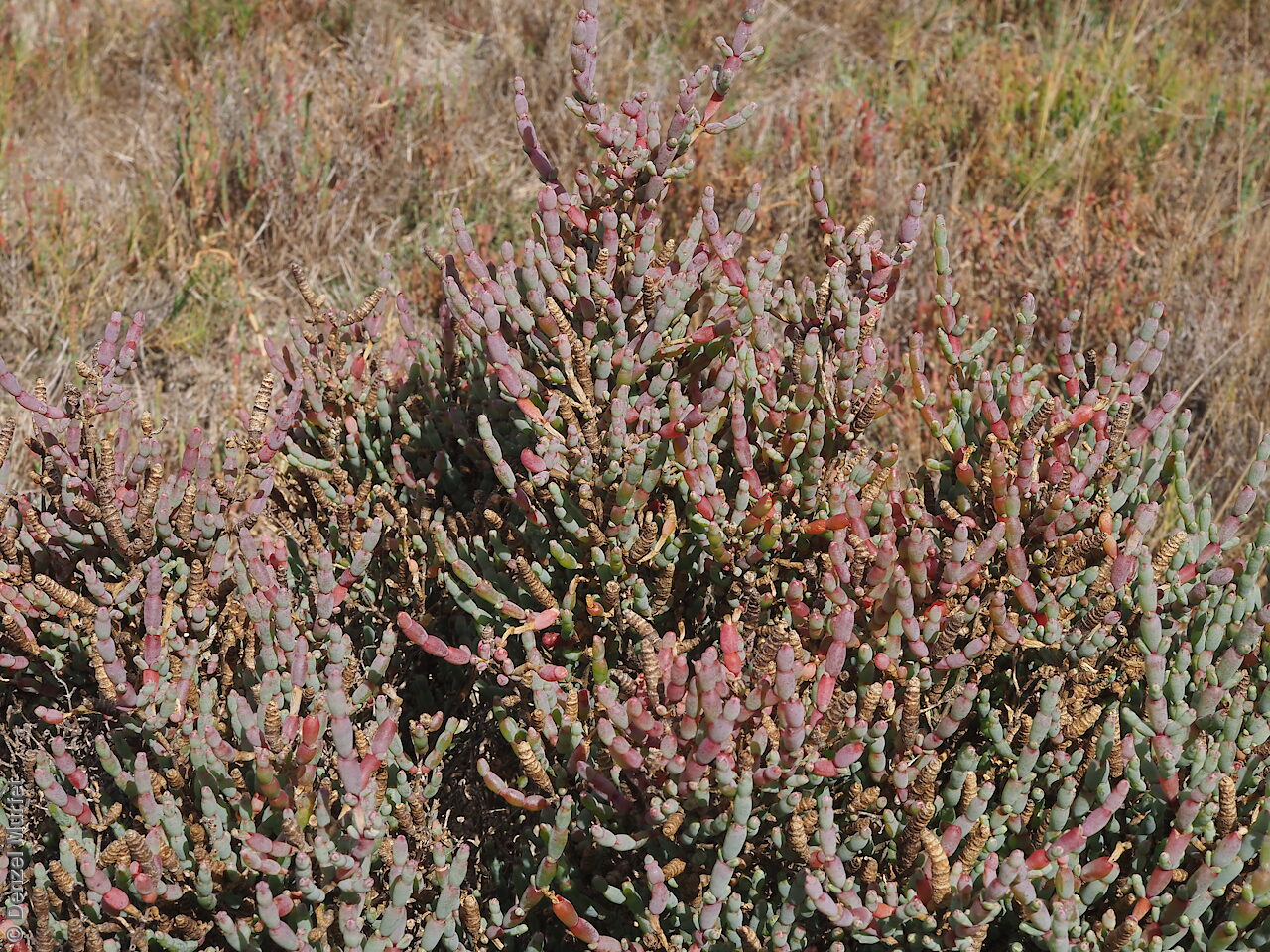
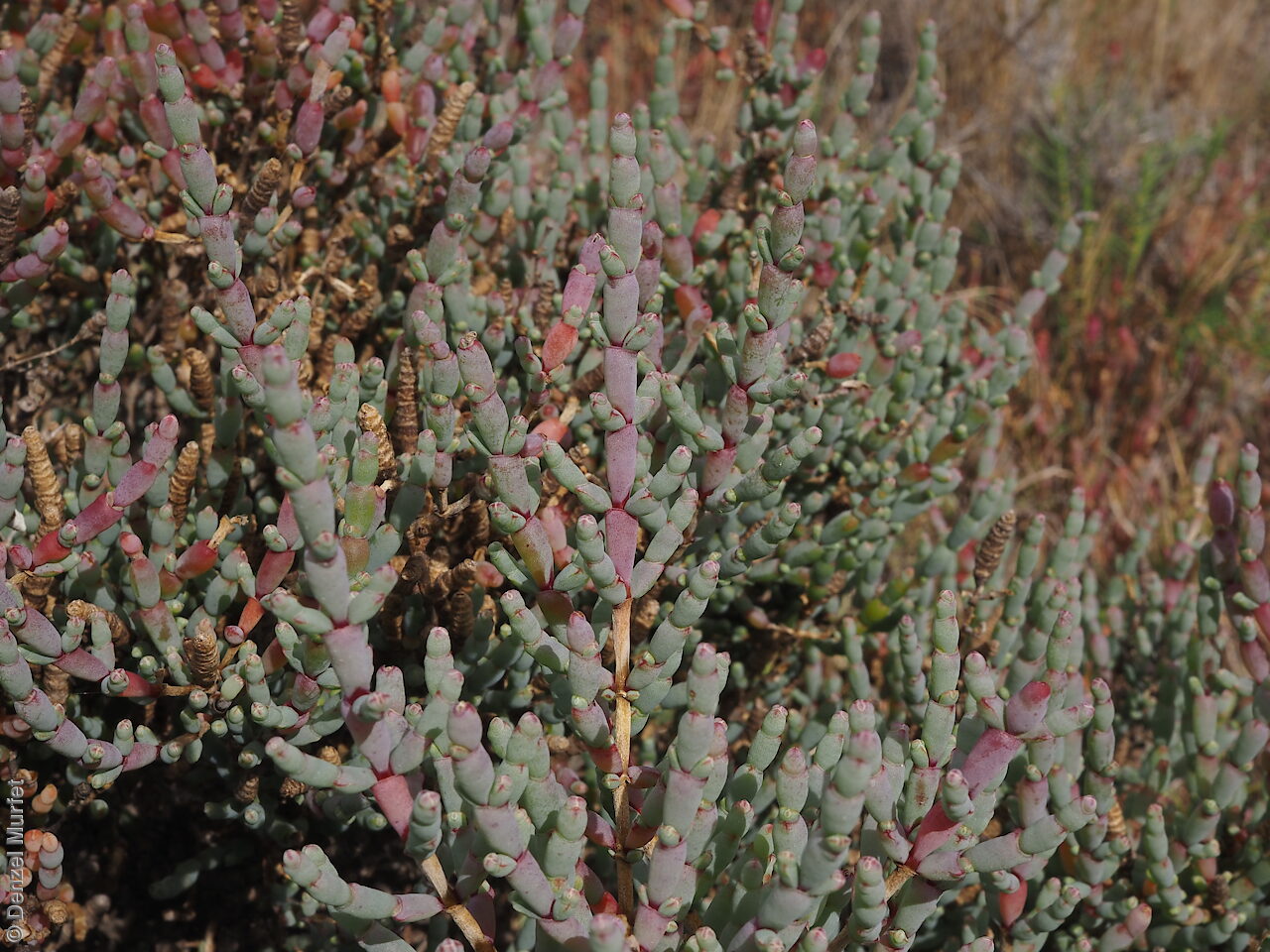
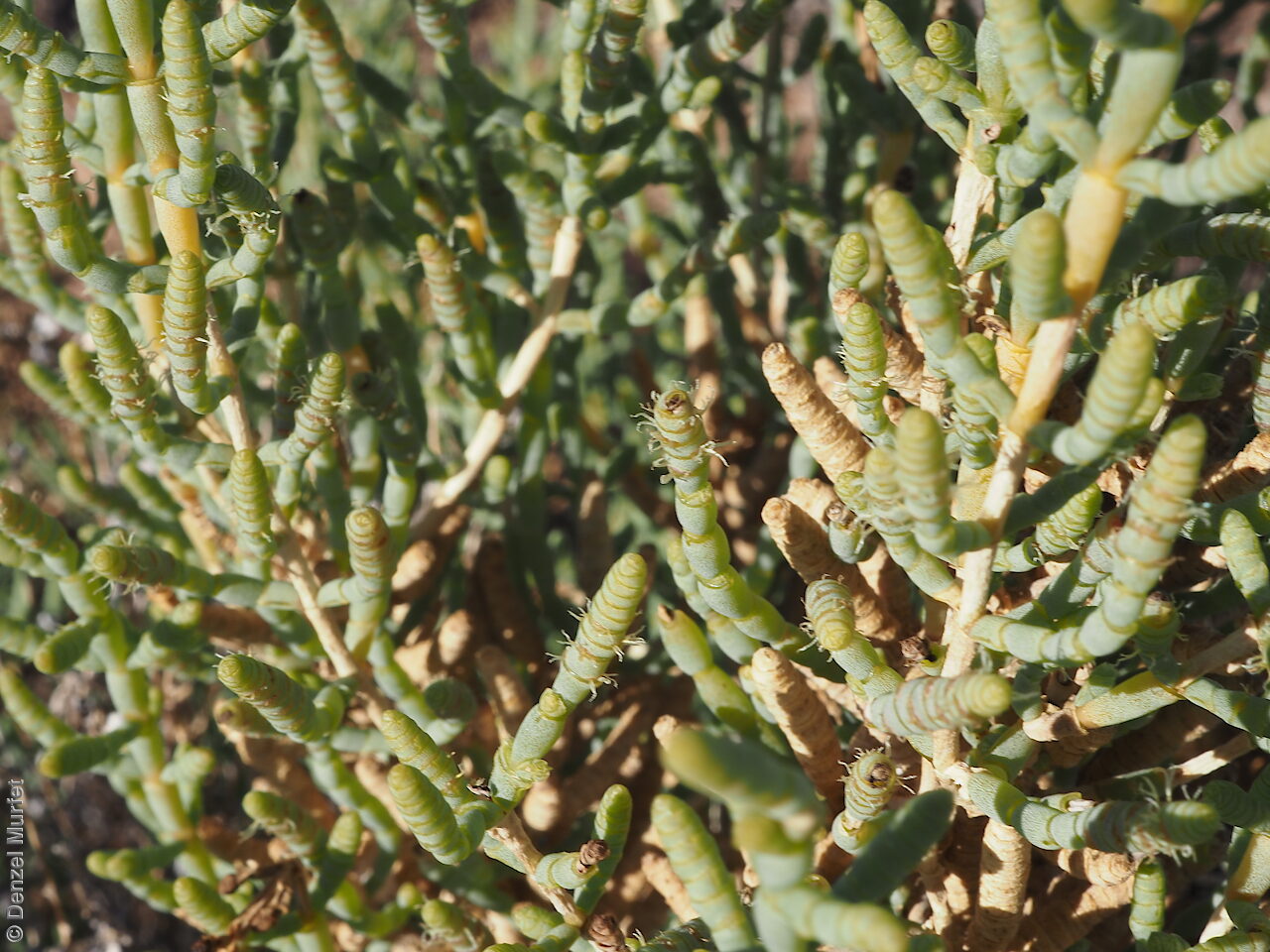
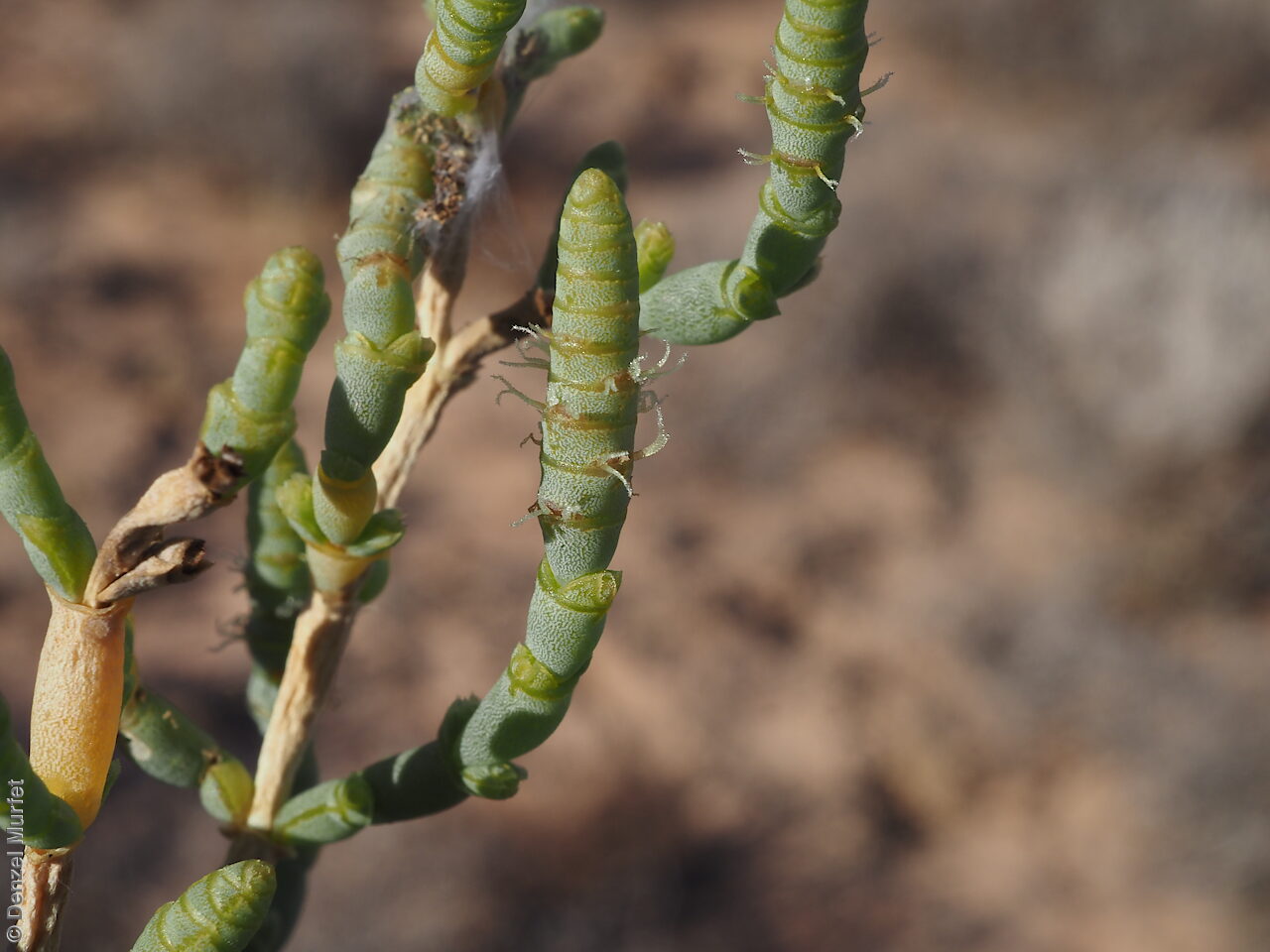
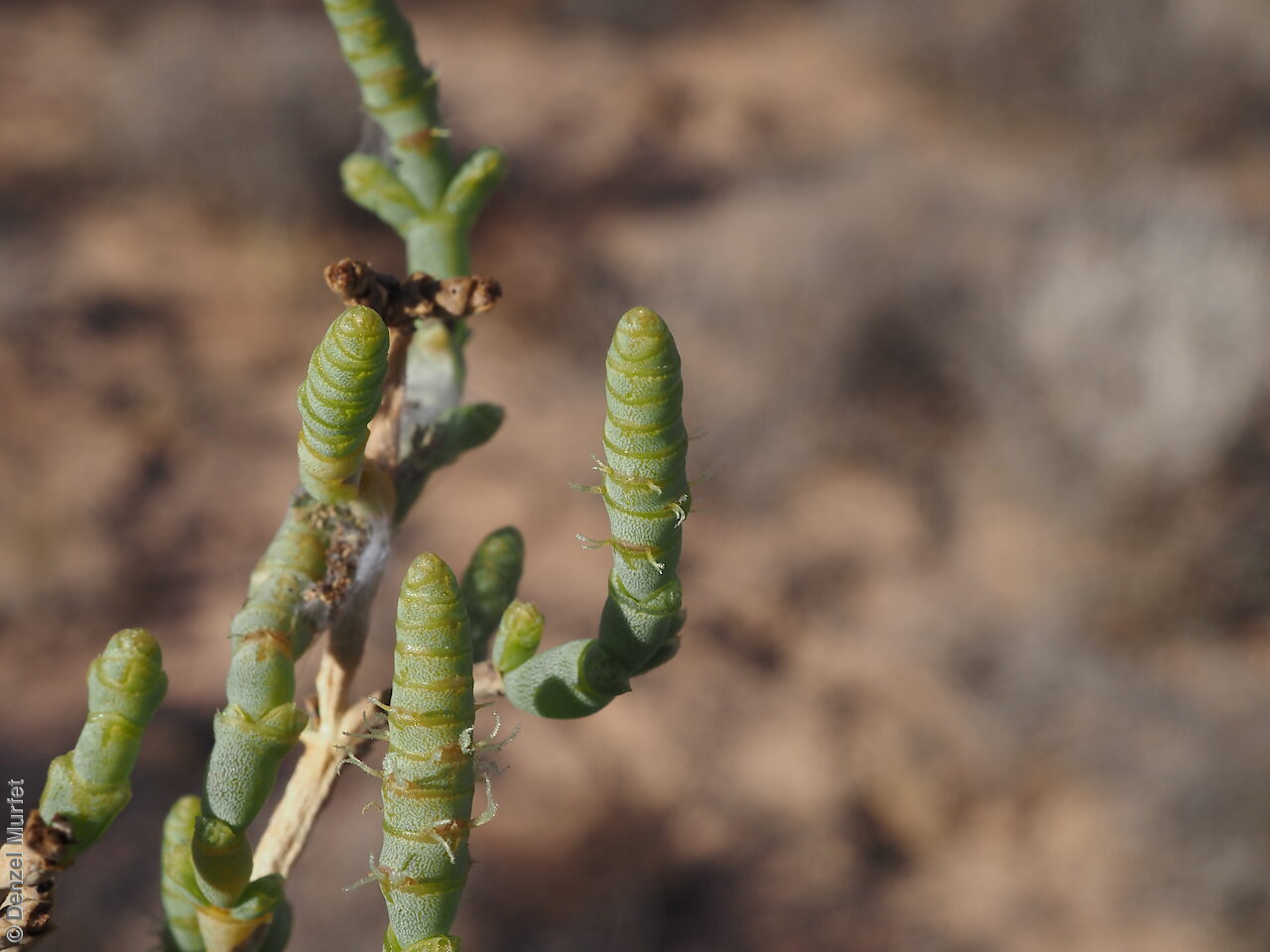
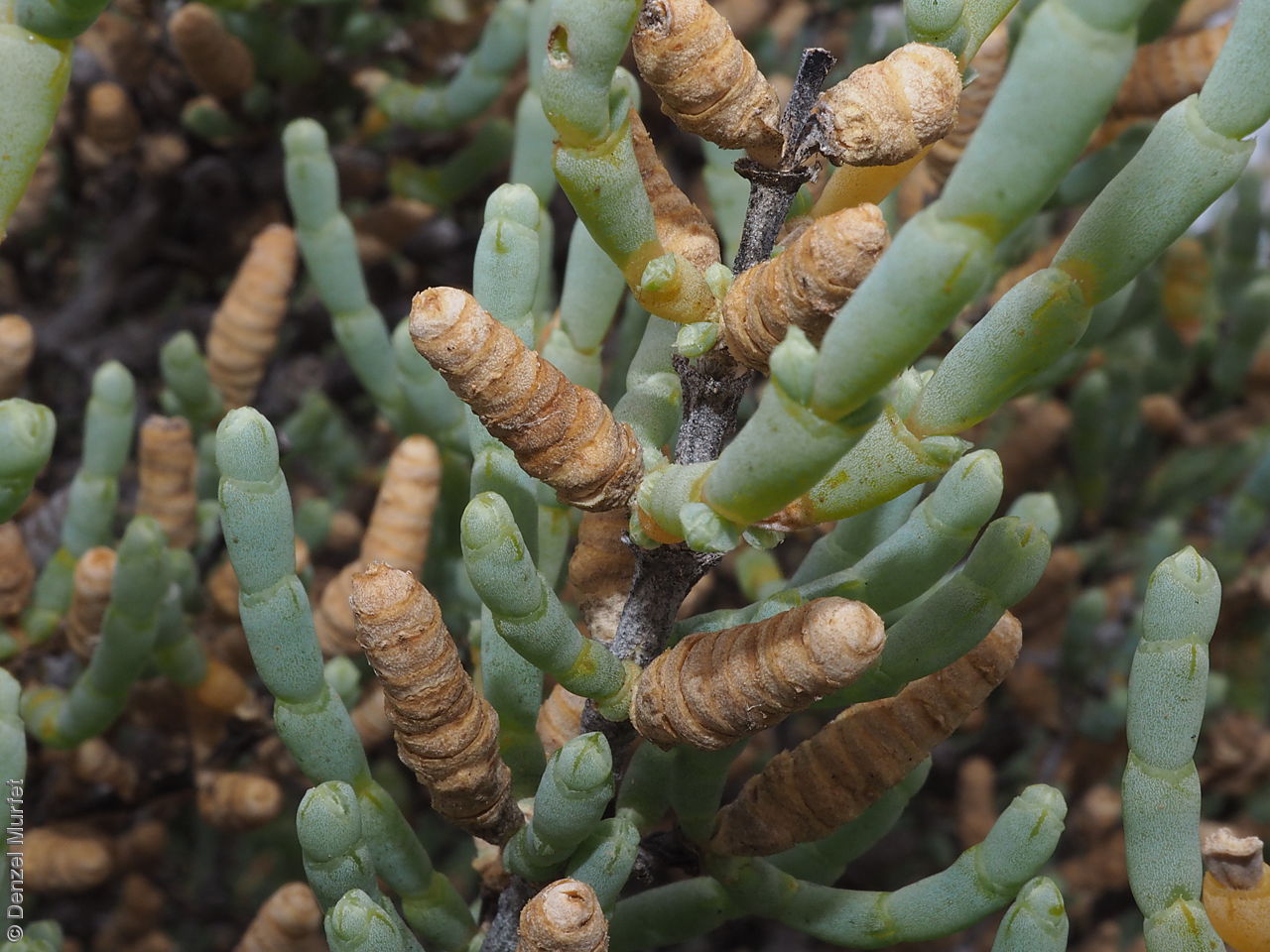
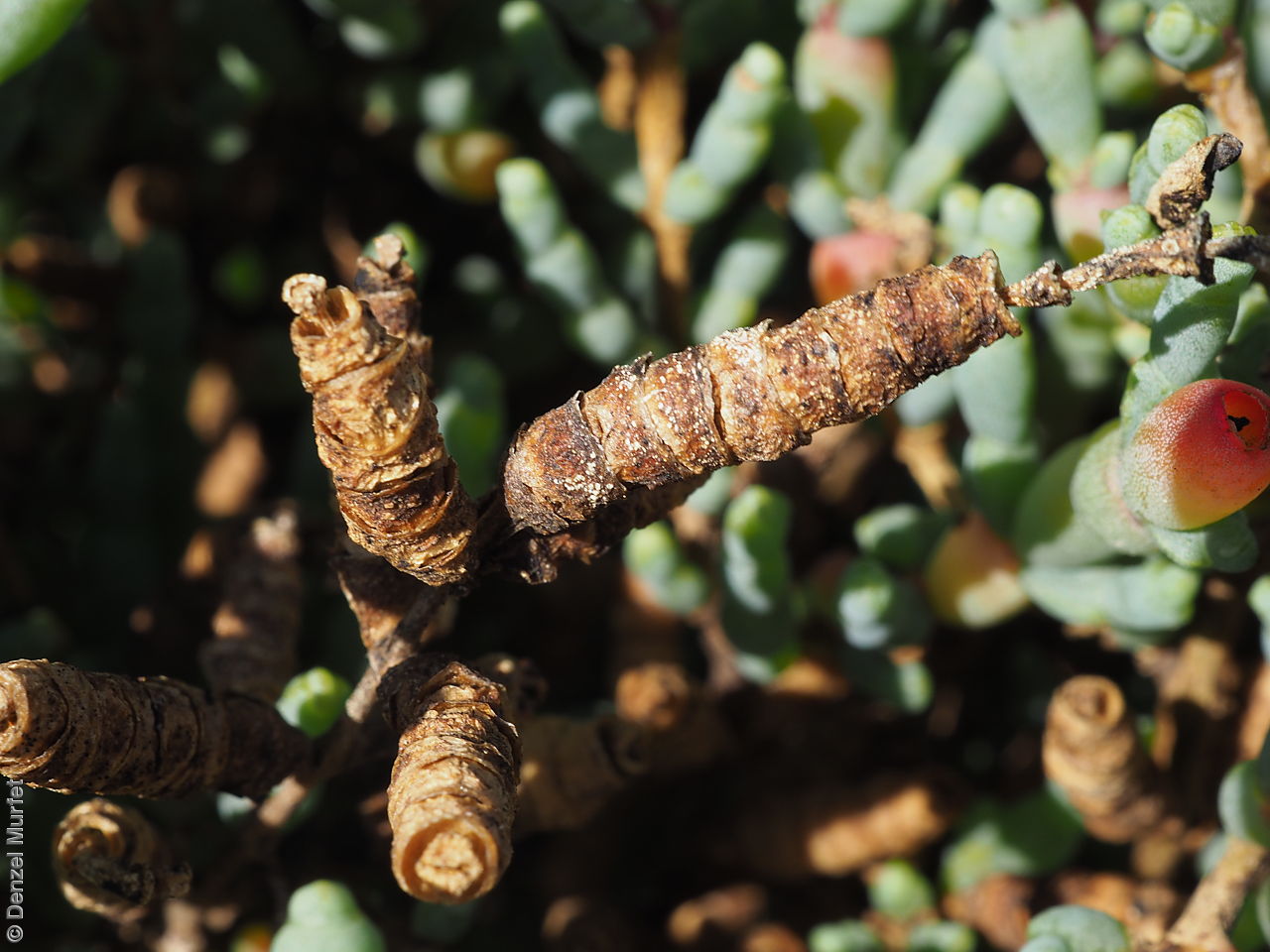
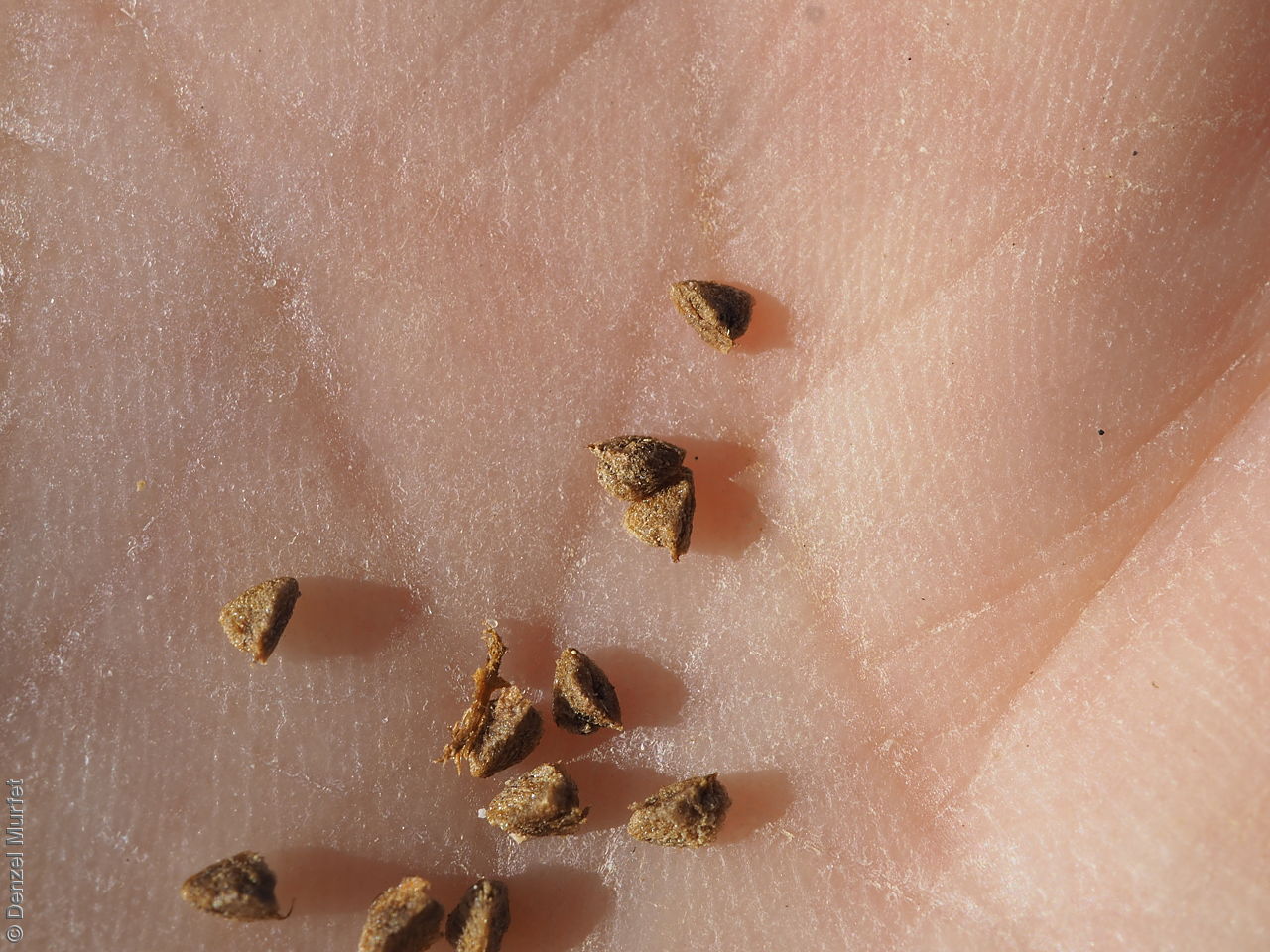
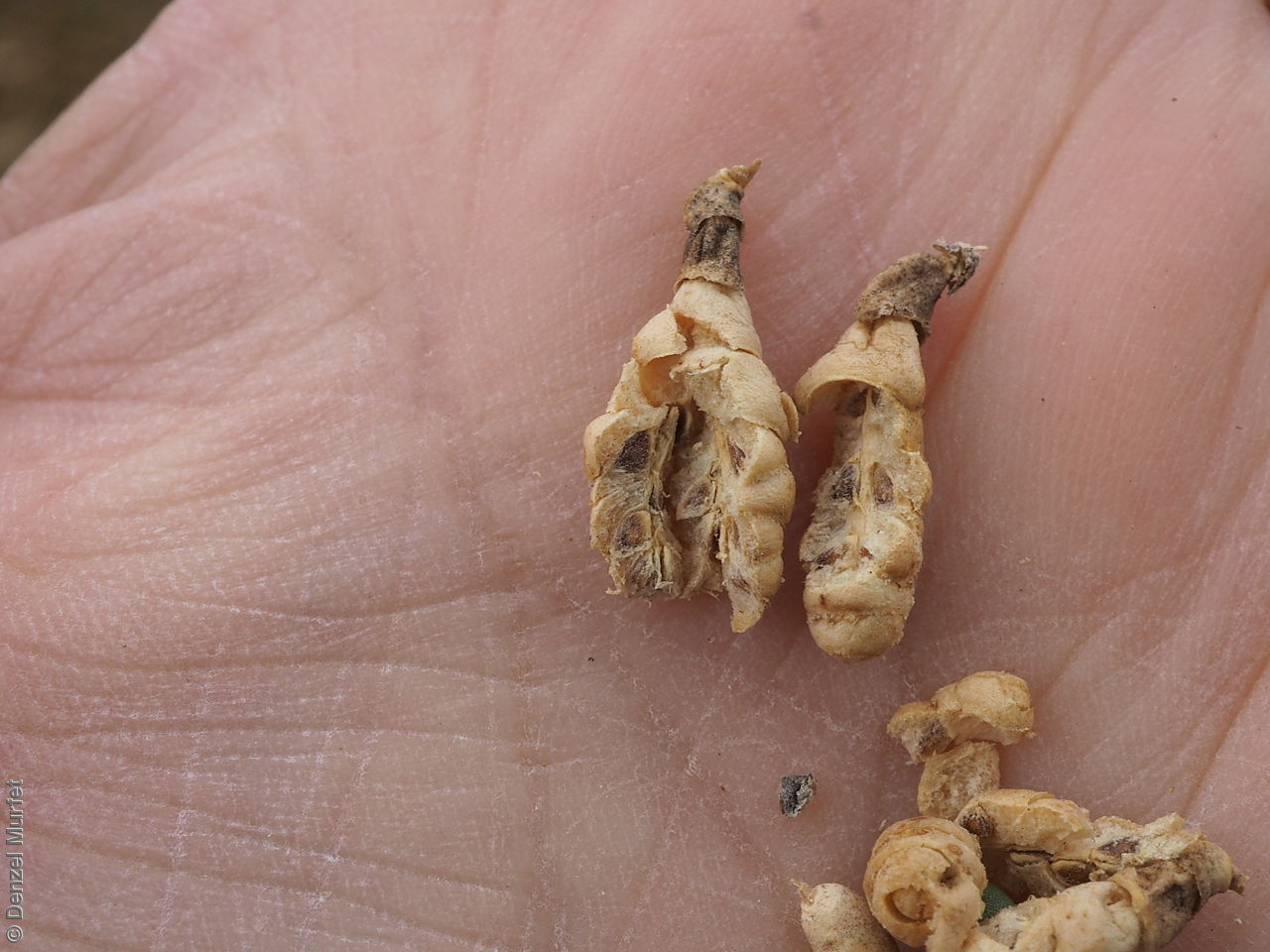
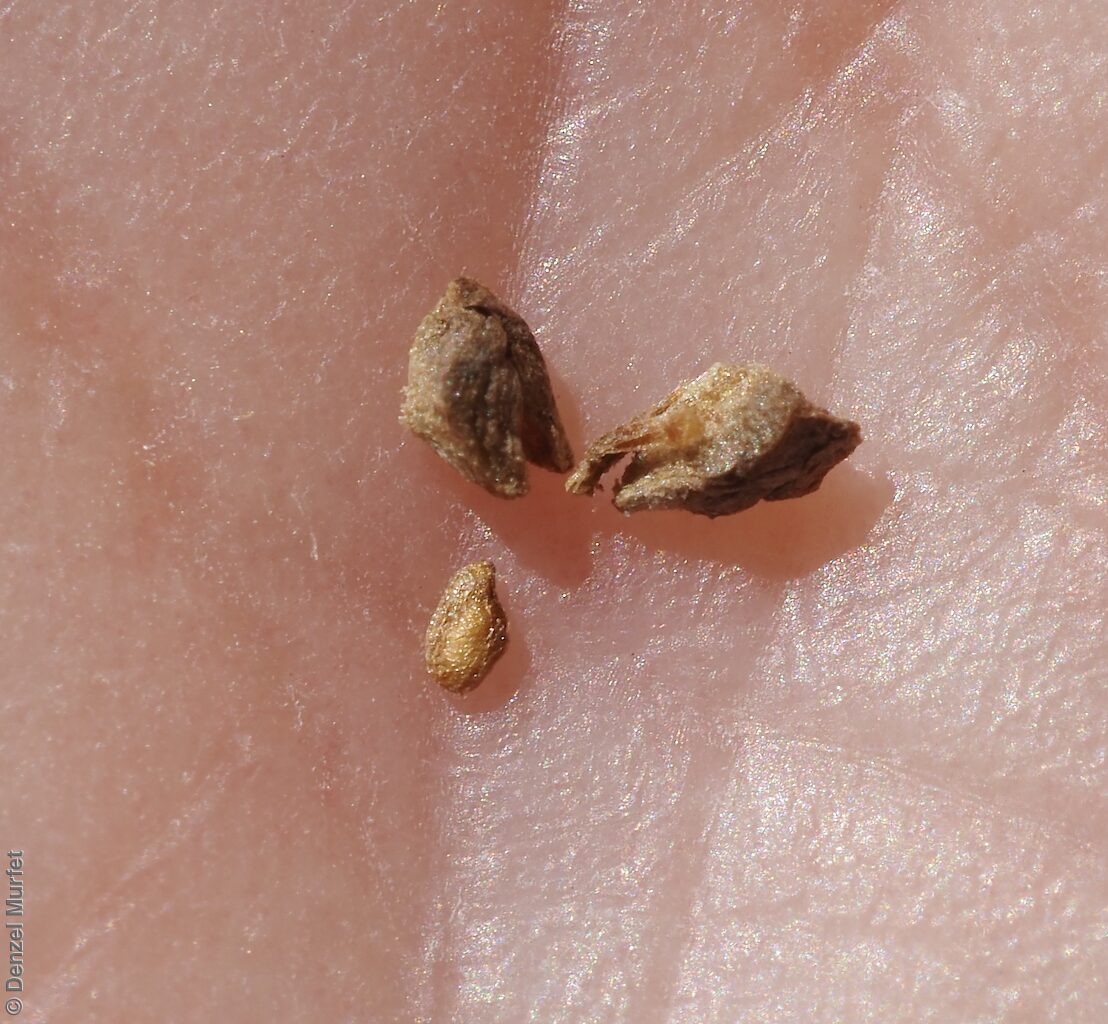
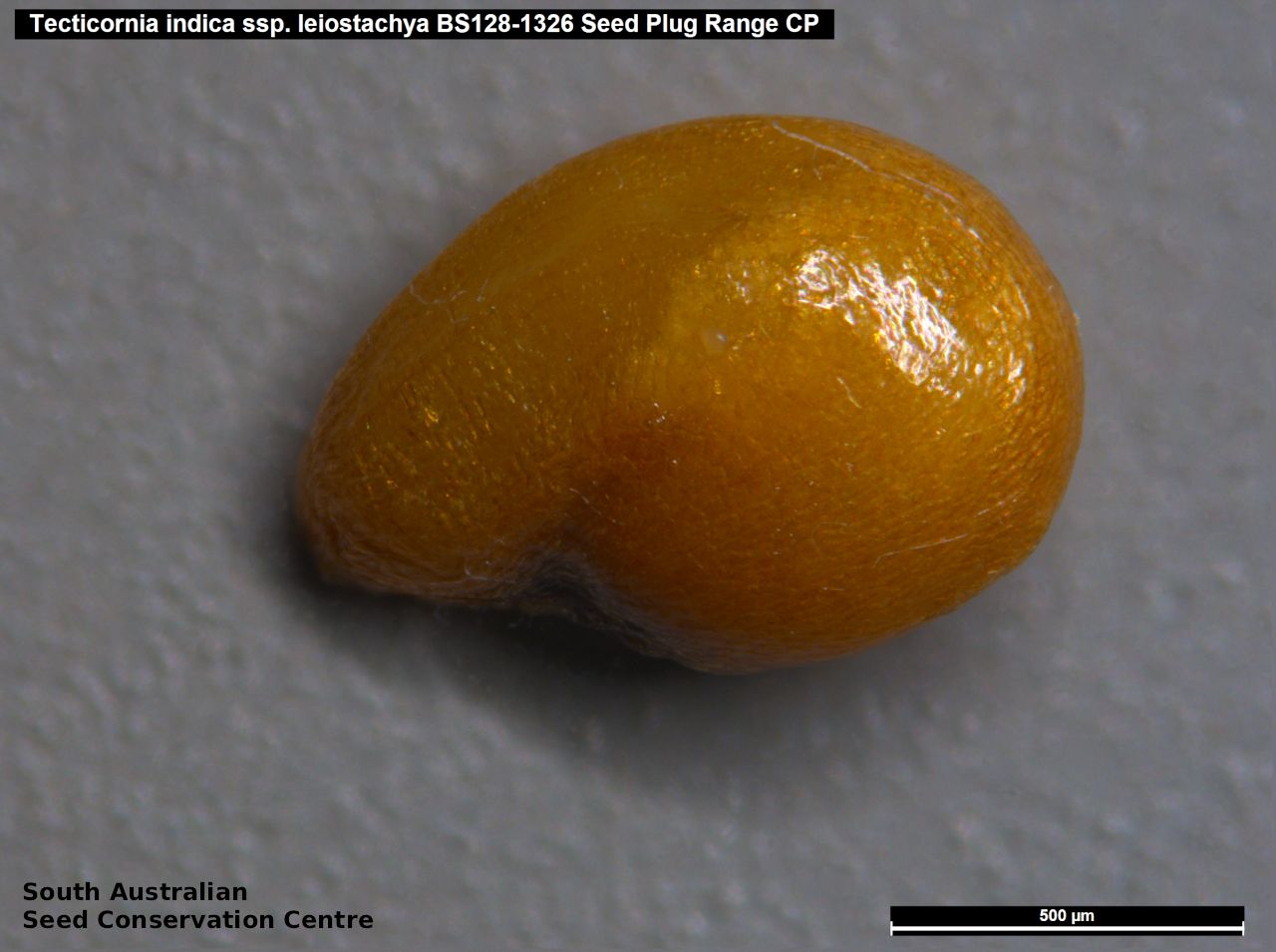
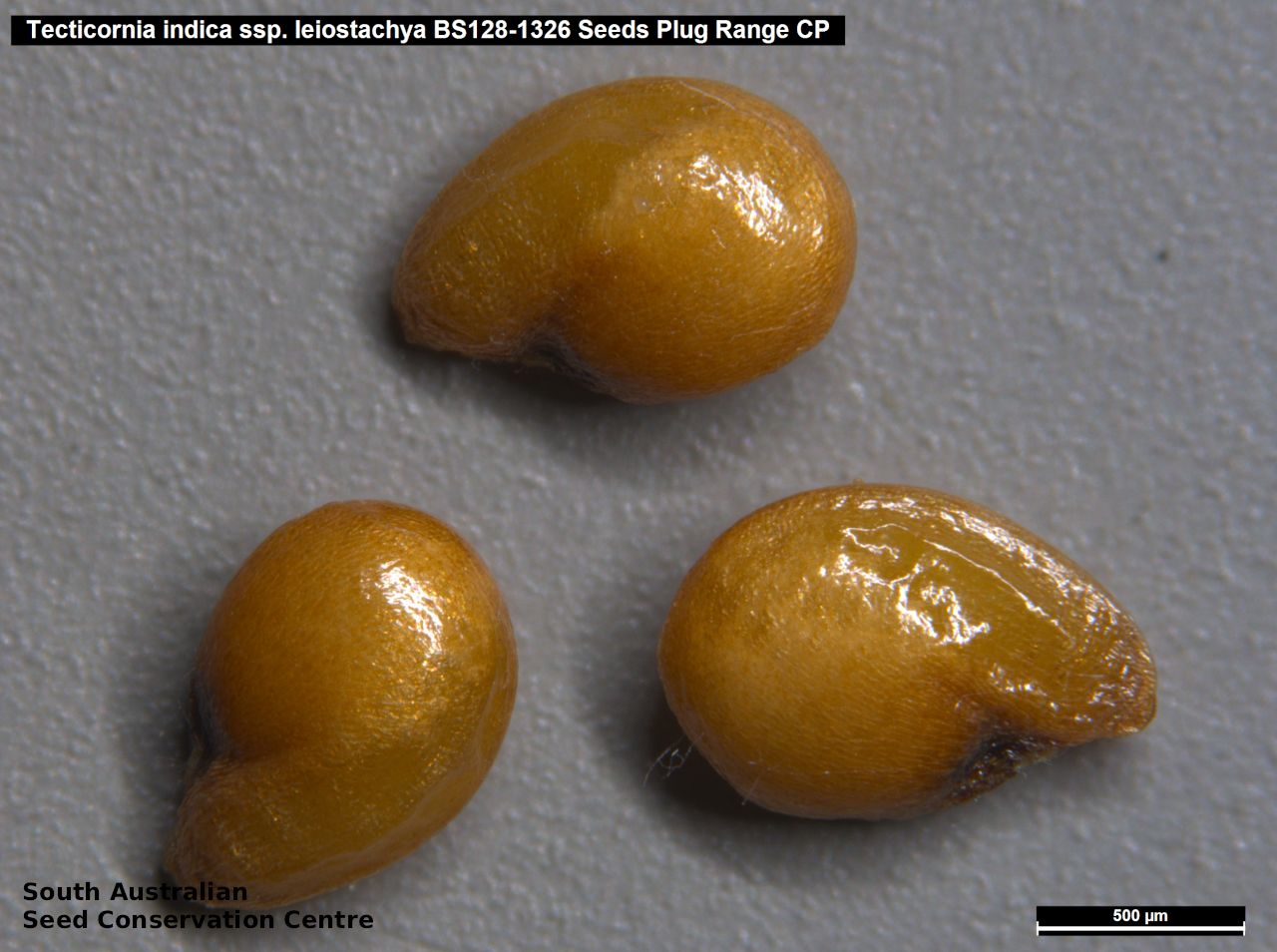
Regional Species Conservation Assessments per IBRA subregion.

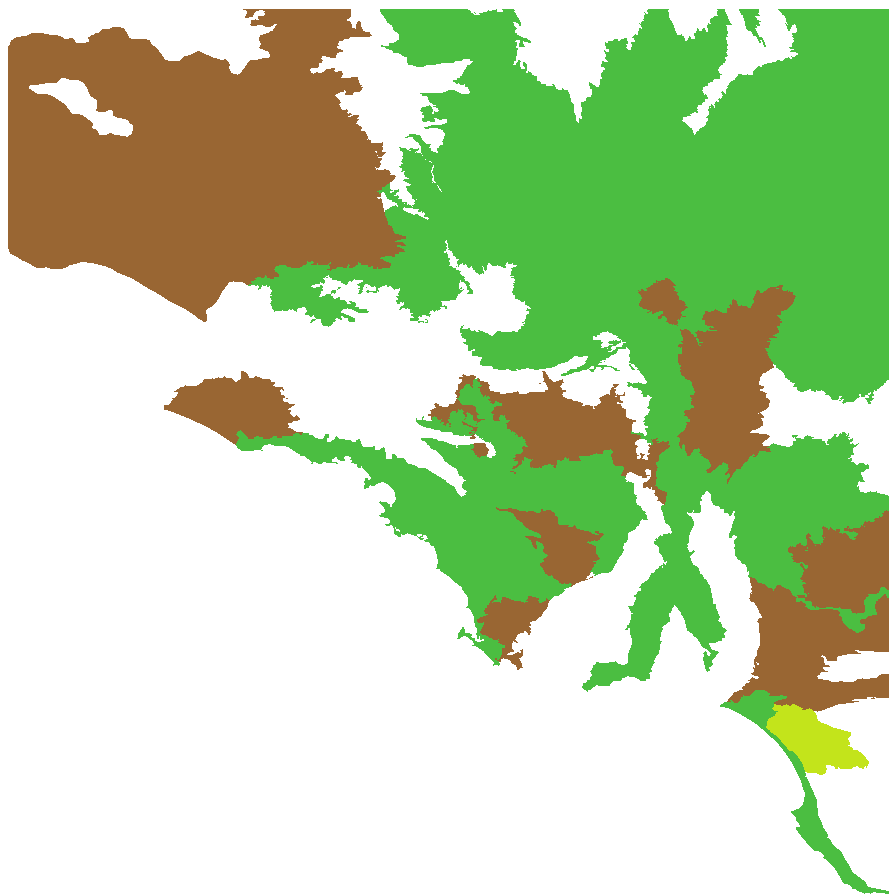
Least concern
Near threatened
Rare
Vulnerable
Endangered
Critically endangered
Extinct
Data deficient
Adelaide
Arkaroola
Ceduna
Coober Pedy
Hawker
Innamincka
Marla
Marree
Mount Gambier
Oodnadatta
Renmark
Wudinna
Keith
Yunta
Display IBRA region text
| Bridgewater (NCP01) | Naracoorte Coastal Plain | Least Concern |
| Tintinara (NCP04) | | Near Threatened [limited habitat; Gum Lagoon] |
| Olary Spur (FLB03) | Flinders Lofty Block | Least Concern |
| Southern Flinders (FLB04) | | Least Concern |
| Northern Flinders (FLB05) | | Rare (IUCN: RA d(ii)) [edge of range] |
| Central Flinders (FLB06) | | Rare (IUCN: RA d(i,ii)) [edge of range] |
| Southern Yorke (EYB01) | Eyre Yorke Block | Least Concern |
| St Vincent (EYB02) | | Least Concern |
| Eyre Hills (EYB03) | | Rare (IUCN: RA d(ii)) |
| Talia (EYB04) | | Least Concern |
| Eyre Mallee (EYB05) | | Least Concern |
| South Olary Plain (MDD01) | Murray Darling Depression | Rare (IUCN: RA d(i,ii)) [localised habitat] |
| Murray Mallee (MDD02) | | Rare (IUCN: RA d(ii)) |
| Murray Lakes and Coorong (MDD03) | | Least Concern |
| Braemer (MDD07) | | Least Concern |
| Murray Scroll Belt (RIV06) | Riverina | Least Concern |
| Myall Plains (GAW01) | Gawler | Least Concern |
| Gawler Volcanics (GAW02) | | Least Concern |
| Gawler Lakes (GAW03) | | Rare (IUCN: RA d(ii)) |
| Torrens (GAW06) | | Least Concern |
| Roxby (GAW07) | | Least Concern [common] |
| Commonwealth Hill (GAW08) | | Least Concern [common] |
| Maralinga (GVD03) | Great Victoria Desert | Rare (IUCN: RA d(ii)) |
| Kintore (GVD04) | | Rare (IUCN: RA d(ii)) |
| Tallaringa (GVD05) | | Rare (IUCN: RA d(ii)) |
| Yalata (NUL03) | Nullarbor | Rare (IUCN: RA d(ii)) |
| Bimbowrie (BHC05) | Broken Hill Complex | Least Concern |
| Dieri (SSD03) | Simpson Strzelecki Dunefields | Least Concern [common] |
| Warriner (SSD04) | | Least Concern [common] |
| Strzelecki Desert (SSD05) | | Least Concern [common] |
| Oodnadatta (STP02) | Stony Plains | Least Concern |
| Murnpeowie (STP03) | | Least Concern [common] |
| Peake-Dennison Inlier (STP04) | | Least Concern |
| Macumba (STP05) | | Least Concern [common] |
| Witjira (STP06) | | Least Concern [common] |
| Baltana (STP07) | | Least Concern [common] |
| Sturt Stony Desert (CHC02) | Channel Country | Least Concern |
| Coongie (CHC06) | | Least Concern [common] |
| Lake Pure (CHC07) | | Least Concern |
| Everard Block (CER03) | Central Ranges | Rare (IUCN: RA d(ii)) |
| Tieyon (FIN03) | Finke | Rare (IUCN: RA d(ii)) |
| 2 of 4 subregions | Naracoorte Coastal Plain | Least Concern , Near Threatened |
| 4 of 6 subregions | Flinders Lofty Block | Least Concern , Rare |
| 5 of 5 subregions | Eyre Yorke Block | Least Concern , Rare |
| 4 of 6 subregions | Murray Darling Depression | Least Concern , Rare |
| Murray Scroll Belt (RIV06) | Riverina | Least Concern |
| 6 of 8 subregions | Gawler | Least Concern , Rare |
| 3 of 4 subregions | Great Victoria Desert | Rare |
| Yalata (NUL03) | Nullarbor | Rare (IUCN: RA d(ii)) |
| Bimbowrie (BHC05) | Broken Hill Complex | Least Concern |
| 3 of 4 subregions | Simpson Strzelecki Dunefields | Least Concern |
| 6 of 7 subregions | Stony Plains | Least Concern |
| 3 of 4 subregions | Channel Country | Least Concern |
| Everard Block (CER03) | Central Ranges | Rare (IUCN: RA d(ii)) |
| Tieyon (FIN03) | Finke | Rare (IUCN: RA d(ii)) |
Botanical art
Kath Alcock paintings: 3
Prior names
Halosarcia indica ssp. leiostachya
Arthrocnemum leiostachyum
Salicornia leiostachya
Common names
Brown-head Glasswort
Brown-head Samphire
Etymology
Tecticornia from the Latin 'tectum' meaning roof (referring to the bracts) and 'cornu' meaning horn; alluding to its relationship to Salicornia. Indica meaning of or from India. Leiostachya from the Greek 'leios' meaning smooth and 'stachya' suffix meaning flower spike.
Distribution and status
Found across South Australia, growing on margins of saline water bodies, often associated with sand over calcrete. Also found in all mainland States. Native. Common in South Australia. Common in the states.
Herbarium regions: North Western, Lake Eyre, Nullarbor, Gairdner-Torrens, Flinders Ranges, Eastern, Eyre Peninsula, Northern Lofty, Murray, Yorke Peninsula, Southern Lofty, South Eastern, Green Adelaide
NRM regions: Adelaide and Mount Lofty Ranges, Alinytjara Wilurara, Eyre Peninsula, Northern and Yorke, South Australian Arid Lands, South Australian Murray-Darling Basin, South East
AVH map: SA distribution map (external link)
Plant description
Stout erect perennial, with fleshy cylindrical flower spikes. Fruits are corky or spongy fruiting spikes containing compressed segments layered with hard pyramidal shaped fruits. Seeds are pale brown ovoid to circular seed to 1.5 mm long, with a membranous outer covering. Seed embryo type is peripheral.
Seed collection and propagation
Collect seeds between January and March. Collect spikes that are dry and brown. Seeds are hidden in the segments of the stems. Place the spikes in a tray and leave to dry for 1-2 weeks. Then rub the spikes gently with your hands or a rubber bung to dislodge the seeds. Use a sieve to separate the unwanted material. Be careful as the seeds are very small. Store the seeds with a desiccant such as dried silica beads or dry rice, in an air tight container in a cool and dry place. From one collection, the seed viability was low at 49%. Seeds are non-dormant, viable seed should germinate readily.
Germination table:
Display














